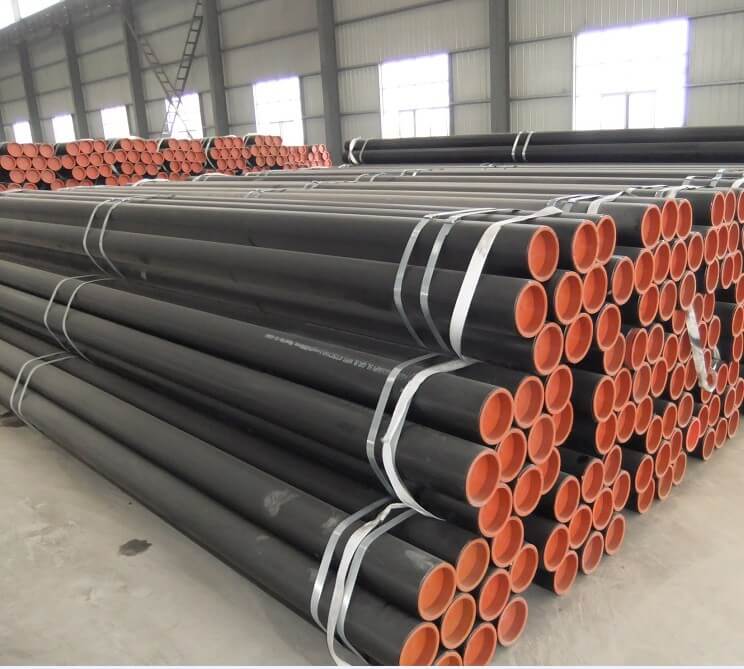-
Cangzhou Yulong Steel Co., Ltd.
-
Phone:
+86 13303177267 -
Email:
admin@ylsteelfittings.com
- English
- Arabic
- Italian
- Spanish
- Portuguese
- German
- kazakh
- Persian
- Greek
- French
- Russian
- Polish
- Thai
- Indonesian
- Vietnamese
- Zulu
- Korean
- Uzbek
- Hindi
- Serbian
- Malay
- Ukrainian
- Gujarati
- Haitian Creole
- hausa
- hawaiian
- Hebrew
- Miao
- Hungarian
- Icelandic
- igbo
- irish
- Japanese
- Javanese
- Kannada
- Khmer
- Rwandese
- Afrikaans
- Albanian
- Amharic
- Armenian
- Azerbaijani
- Basque
- Belarusian
- Bengali
- Bosnian
- Bulgarian
- Catalan
- Cebuano
- China
- China (Taiwan)
- Corsican
- Croatian
- Czech
- Danish
- Esperanto
- Estonian
- Finnish
- Frisian
- Galician
- Georgian
- Kurdish
- Kyrgyz
- Lao
- Latin
- Latvian
- Lithuanian
- Luxembourgish
- Macedonian
- Malgashi
- Malayalam
- Maltese
- Maori
- Marathi
- Mongolian
- Myanmar
- Nepali
- Norwegian
- Norwegian
- Occitan
- Pashto
- Dutch
- Punjabi
- Romanian
- Samoan
- Scottish Gaelic
- Sesotho
- Shona
- Sindhi
- Sinhala
- Slovak
- Slovenian
- Somali
- Sundanese
- Swahili
- Swedish
- Tagalog
- Tajik
- Tamil
- Tatar
- Telugu
- Turkish
- Turkmen
- Urdu
- Uighur
- Welsh
- Bantu
- Yiddish
- Yoruba

Nov . 10, 2024 03:38 Back to list
DIN 200 Flange Specifications and Applications in Industrial Settings
DIN 200 Flange A Comprehensive Overview
In the realm of engineering and industrial applications, flanges play a pivotal role in connecting various components, ensuring structural integrity while allowing for seamless assembly and disassembly. Among numerous types of flanges, the DIN 200 flange stands out due to its standardized design and widespread use in various industries.
What is a DIN 200 Flange?
The term DIN refers to the German Institute for Standardization (Deutsches Institut für Normung), which has established a broad range of standards that improve the quality, safety, and efficiency of products across multiple sectors. The DIN 200 series, particularly, is a set of standards that covers flanges and their respective specifications, widely recognized in Europe and beyond.
A DIN 200 flange typically refers to a flat, circular plate with holes around its perimeter, designed to connect two sections of pipe or other apparatuses. These flanges are essential components in piping systems, facilitating the easy assembly of pipes, valves, and other equipment without the need for welding or other permanent methods.
Key Characteristics
The DIN 200 flange is distinguished by several key characteristics
1. Standardization The dimensions of the DIN 200 flange are specified by the DIN standards, ensuring uniformity across various manufacturers. This uniformity simplifies procurement and installation processes.
2. Material Variety DIN 200 flanges can be manufactured from several materials, including carbon steel, stainless steel, and alloys, allowing them to be suitable for different environmental conditions, including high temperatures and corrosive environments.
3. Pressure Ratings Like most industrial products, DIN 200 flanges are available in various pressure classes. This classification permits the selection of flanges that can withstand specific pressure levels, making it critical for applications in high-pressure systems, such as oil and gas pipelines.
4. Bolt Patterns The bolt hole arrangement on a DIN 200 flange is designed to make installation straightforward while providing a secure seal. The standard provisions for bolt sizes and spacing help in ensuring compatibility with corresponding flanges and piping.
Applications
DIN 200 flanges are utilized in a variety of industries, including
din 200 flange

- Oil and Gas Used in pipeline connections, valves, and pressure vessels, they must withstand high pressures and varieties of fluid.
- Chemical Processing These flanges often connect reactors, storage tanks, and other equipment, where resistance to chemical corrosion is paramount.
- Water Treatment Flanges in water treatment plants are vital for connecting large sections of piping, ensuring the efficient transport of water and waste.
- Power Generation In power plants, particularly thermal and nuclear facilities, DIN 200 flanges contribute to the safe and efficient transport of steam and fluids.
Advantages
The DIN 200 flange design presents numerous advantages
1. Ease of Installation With standardized dimensions and bolt patterns, DIN 200 flanges can be easily fitted and replaced, reducing downtime during maintenance or repairs.
2. Reusability Unlike welded joints, flanges can be disassembled and reused, offering cost-effectiveness and flexibility in pipe system designs.
3. Sealing Reliability When installed correctly, flanges provide a robust and leak-proof sealing solution, minimizing the risk of fluid loss and ensuring safety.
4. Compatibility The standardization across DIN 200 flanges allows them to be easily sourced and installed alongside various manufacturers' products, simplifying supply chain management.
Conclusion
The DIN 200 flange is an essential component of many industrial piping systems, providing reliable, safe, and efficient connections. Its design standards ensure compatibility and ease of use across a range of applications, making it a preferred choice in industries such as oil and gas, chemical processing, water treatment, and power generation. As technology and industrial demands continue to evolve, the adaptability and reliability of DIN 200 flanges will remain crucial in facilitating the complex web of modern infrastructural needs.
Latest news
-
ANSI 150P SS304 SO FLANGE
NewsFeb.14,2025
-
ASTM A333GR6 STEEL PIPE
NewsJan.20,2025
-
ANSI B16.5 WELDING NECK FLANGE
NewsJan.15,2026
-
ANSI B16.5 SLIP-ON FLANGE
NewsApr.19,2024
-
SABS 1123 FLANGE
NewsJan.15,2025
-
DIN86044 PLATE FLANGE
NewsApr.19,2024
-
DIN2527 BLIND FLANGE
NewsApr.12,2024
-
JIS B2311 Butt-Welding Fittings LR/SR 45°/90° /180°Seamless/Weld
NewsApr.23,2024











